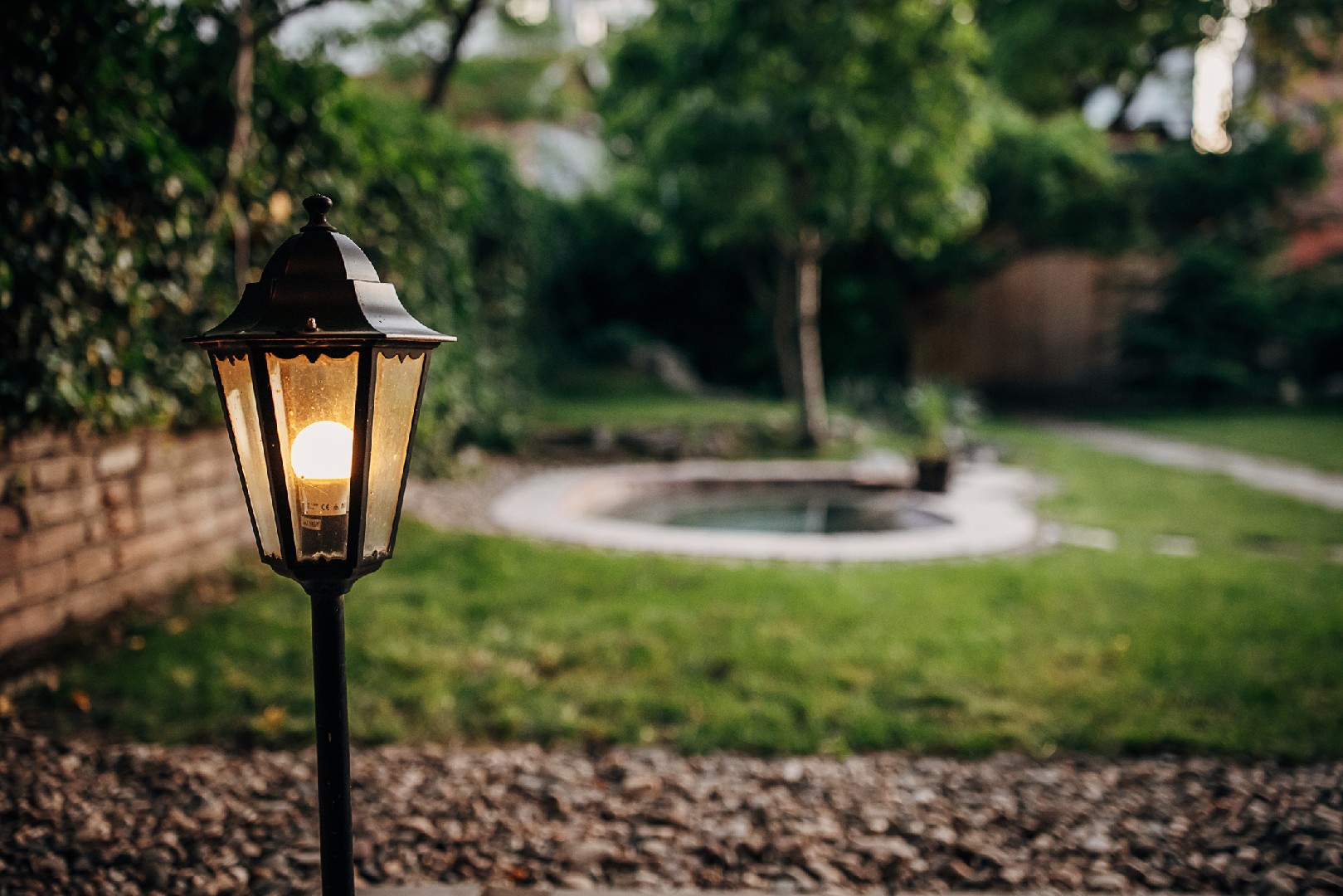![Rectangle]()
Understanding the Importance of Proper Garden Lighting
Proper garden lighting is more than just a decorative feature; it plays a crucial role in both the functionality and aesthetics of your outdoor space. By understanding the importance of effective garden lighting, you can create a beautiful and safe environment for you to enjoy all year round.
One of the key benefits of proper garden lighting is its impact on safety. By illuminating paths, stairs, and other potential hazards, you can create a safe passage for you and your guests, reducing the risk of accidents and injuries. In addition, well-lit outdoor areas discourage trespassers and can enhance the overall security of your property.
Visibility is another important aspect of garden lighting. When the sun goes down, a well-lit garden allows you and your guests to navigate through the space with ease. Whether you're hosting a party, having a quiet evening outdoors, or simply walking around, good visibility ensures that you can fully enjoy your garden regardless of the time of day.
Not only does proper garden lighting enhance safety and visibility, but it also adds to the overall ambiance of your outdoor space. Strategically placed lights can highlight key features such as trees, shrubs, and architectural elements, creating a magical and inviting atmosphere. Whether you're looking to relax, entertain, or simply admire the beauty of your garden, the right lighting can transform the space into a captivating retreat.
To ensure the longevity and effectiveness of your garden lighting, regular maintenance is crucial. This includes tasks such as cleaning fixtures, replacing bulbs, and inspecting wiring. Regular maintenance not only keeps your lights working optimally but also prevents potential issues such as flickering lights, faulty connections, and power outages.
When it comes to troubleshooting common garden lighting issues, a few key skills and knowledge can come in handy. Firstly, understanding the different types of garden lights available and their specific features can help you make informed decisions when purchasing or replacing lights. It's important to consider factors such as energy efficiency, durability, and the specific lighting needs of your garden.
Additionally, having a basic understanding of electrical systems and wiring can help you identify and fix common issues such as loose connections or faulty wiring. If you're not confident in your electrical skills, it's always best to consult a qualified electrician to ensure your safety.
Regularly cleaning and maintaining your garden lights is essential to ensure their optimal performance. This includes removing dirt and debris from fixtures, checking for water damage, and replacing worn-out parts. By staying proactive with maintenance, you can prevent issues such as corrosion, rust, and dimming lights.
In conclusion, proper garden lighting is a crucial aspect of creating a safe, beautiful, and functional outdoor space. Understanding the importance of effective garden lighting allows you to make informed decisions when it comes to choosing, installing, and maintaining your lights. By implementing the practical tips and knowledge discussed here, you can troubleshoot common garden lighting issues and enjoy your garden to the fullest.





